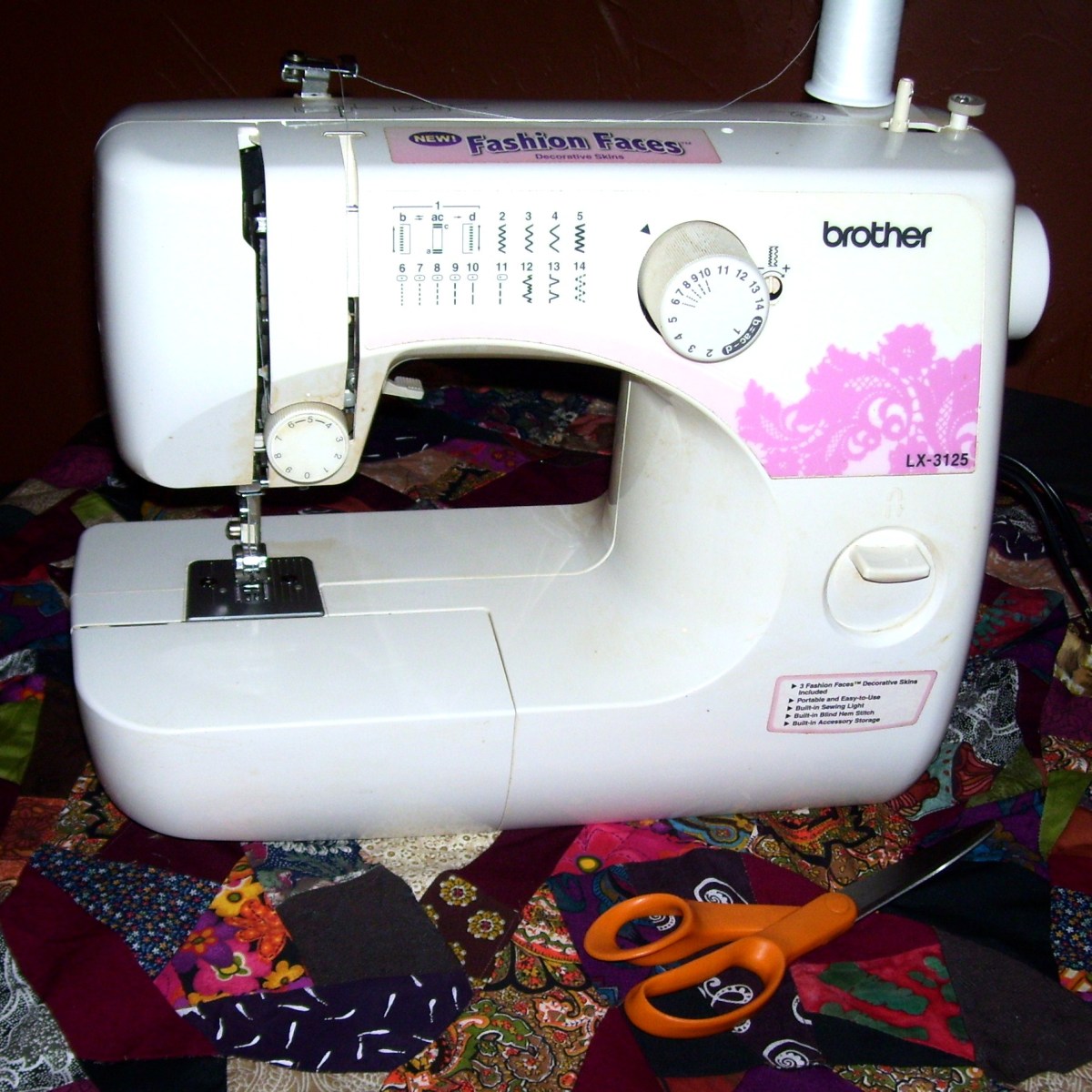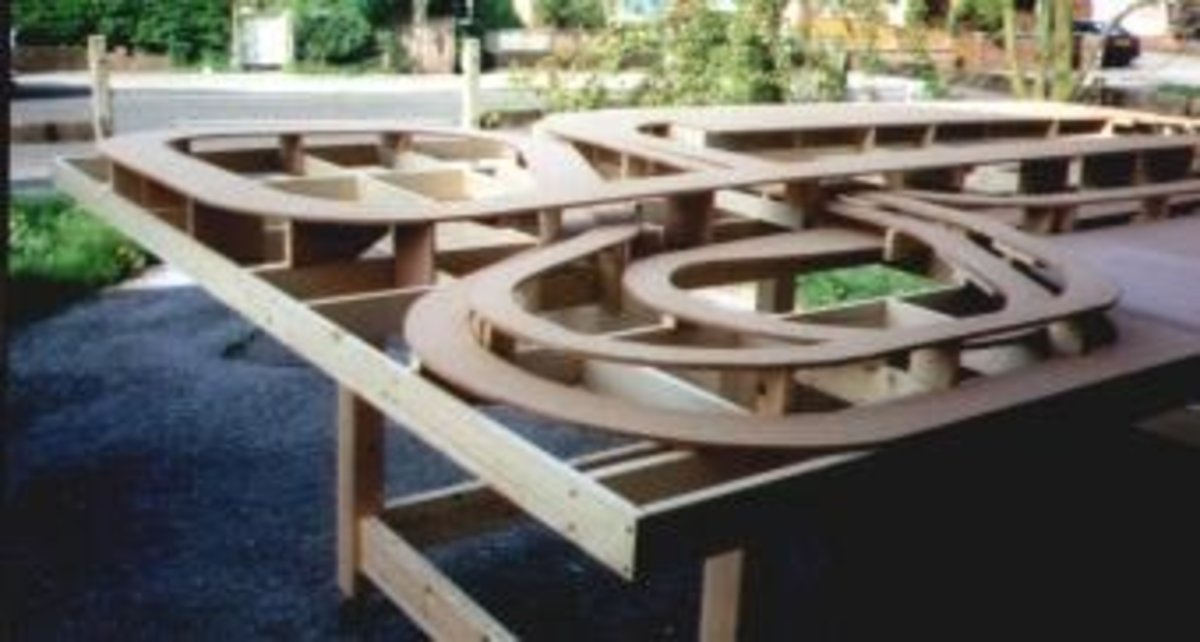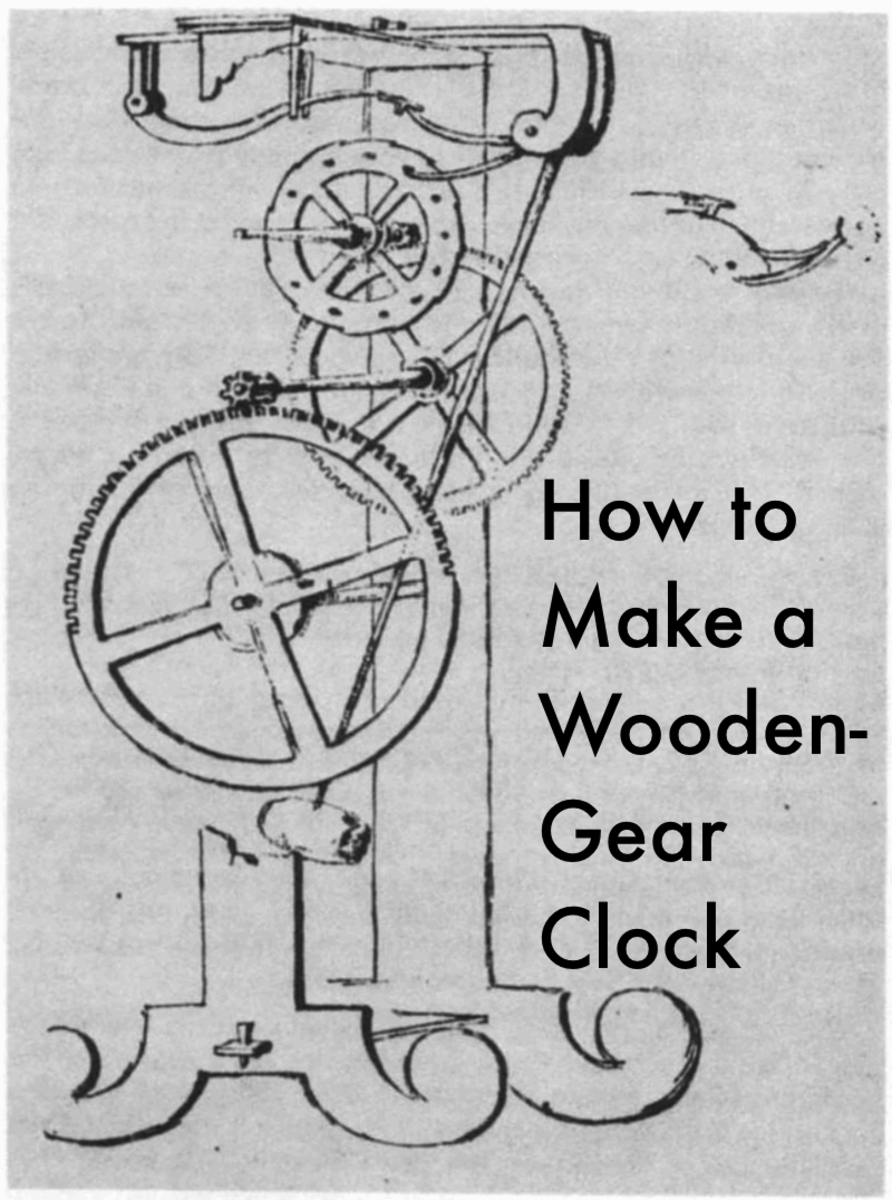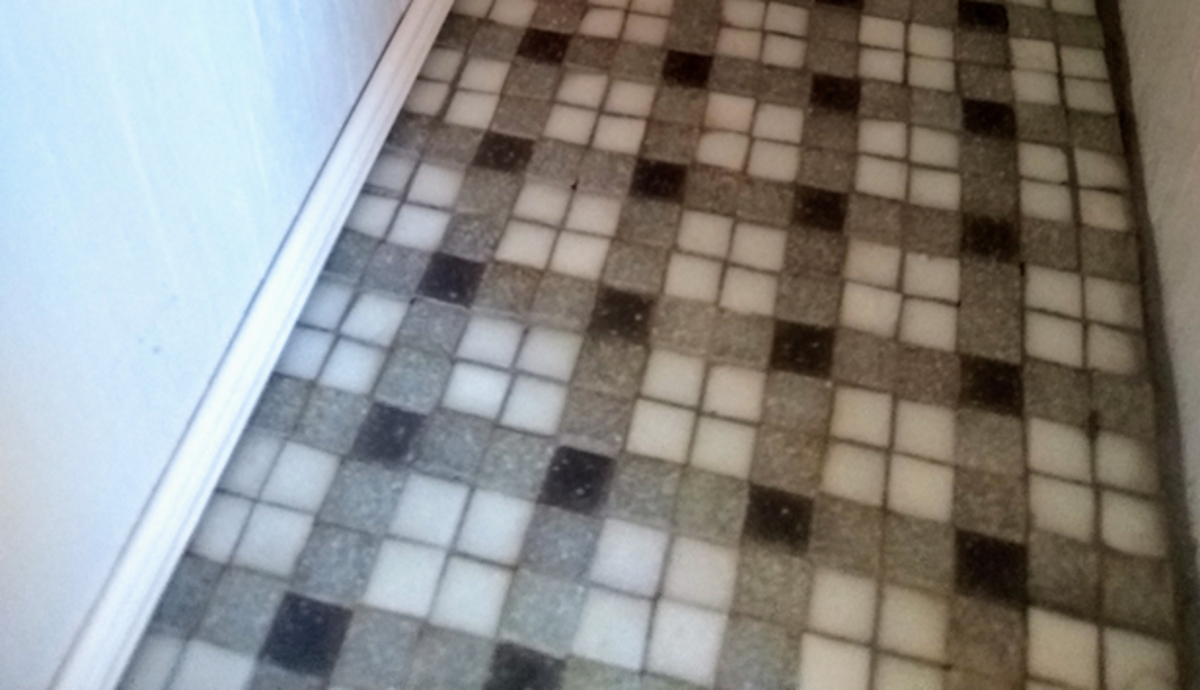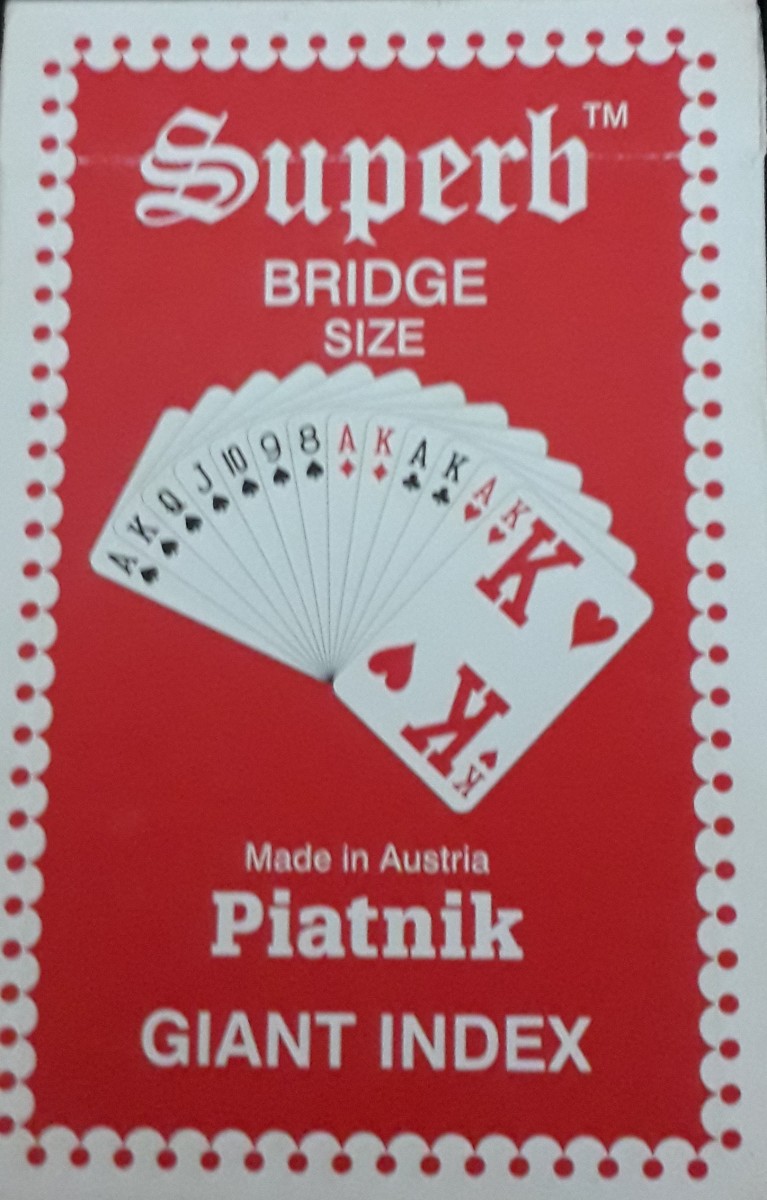Maintenance Machines for Railroad Tracks
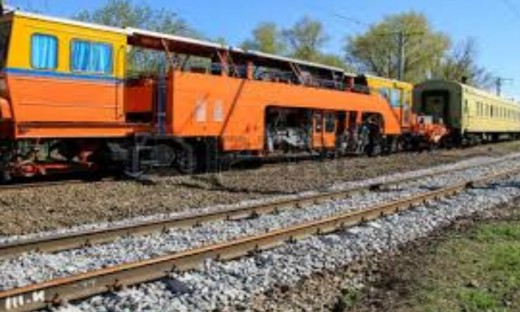
Maintenance Machines for Railroad Tracks
For about the first 100 years of railroads the maintenance was done by manual labor. Workers physically maintained the integrity of the track system without the benefit of todays modern equipment. This was obviously very hard work and in the early 20th century equipment came into play that took over these labor intensive jobs. Maintenance has gone from sledgehammer and picks to heavy equipment that lays the rail and ballast, replaces the ties and keeps up with all the needed tasks.
If this needed maintenance is not done the integrity and safety of rail travel would be in jeopardy. The constant travel of trains over the tracks causes stress to the rails and ballast among other things and it must be constantly inspected and repaired. If this is not done the safety of the train could be compromised.
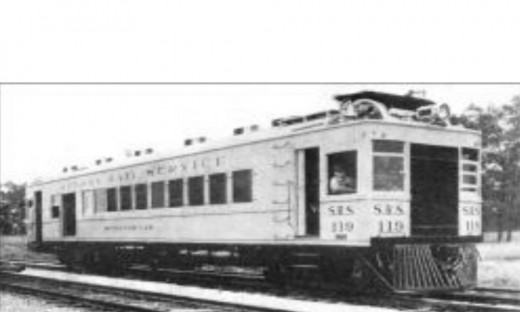
Defect Detection Cars
To find cracks and defects not visible to the naked eye, the detect detection car is used. Its history dates back to the 1920s and is still in use today. The original cars used what was called induction testing to detect defects but the newer models also use ultrasonic testing. Induction testing uses electrical brushes with low voltage to create magnetic fields around the rails. If a variation in the magnetic field is seen it could mean there is a defect in the rail. Ultrasonic tests use a high frequency pulse of sound to find cracks and imperfections in the rails.
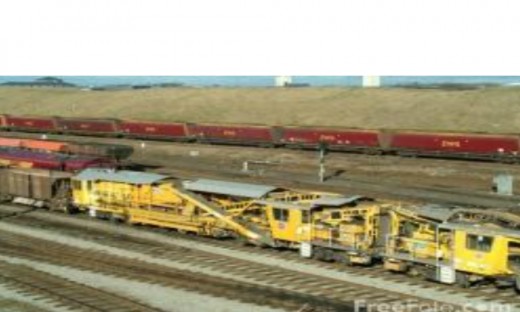
Ballast Cleaners
When the ballast which is under the rails gets filled with debris it reduces its effectiveness. In the beginning the ballast would be cleaned by a crew that would shovel the ballast into a sieve which would filter out the dirt, dust and debris. This manual labor was very slow and difficult so a mechanical method was eventually devised that would clean quicker and easier. This machinery was called a Ballast Cleaner or Shoulder Cleaner. The earliest Ballast Cleaners date back to the steam engine era and those used today have not really changed that much with the exception they are bigger.
What the ballast cleaner does is remove the stones from about 2-3 feet out from the ties and about 6 inches below the track. The size of the hoppers that are behind the machines will determine how much ballast can be cleaned. When the hoppers are full they must cease work until the hoppers are emptied and back on the site to continue on with the process.
LORAM "BALLAST CLEANER" Another extreme machine! 1995
Take a few minutes and watch this machine pick up the ballast, vibrate the mud & dirt from it, wash it, put it back down, level it back around the ties! This was caught at the CSX yard in Grand Rapids, MI. on July 5, 1995. Pretty cool machine from LORAM!
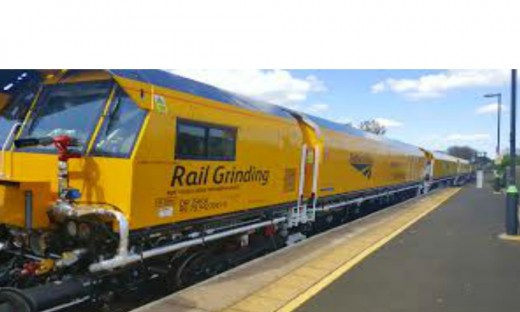
Rail Grinders
Over time the rails can become worn and have irregularities from constant use that need to be fixed. The machinery used for this process are called rail grinders. The rail grinders restore the profile and rid the irregularities for improved train performance.
The grinding equipment is either installed on a rail grinding train that is dedicated to that purpose or installed on a self propelled vehicle. When the work is more extensive the dedicated train is usually used. There can be over one hundred grinding wheels which are set at specific angles to restore the tracks correct profile
Rail grinders have been in use since the early 20th century. Another and newer method is done with milling trains which has it advantages at re-profiling the rails
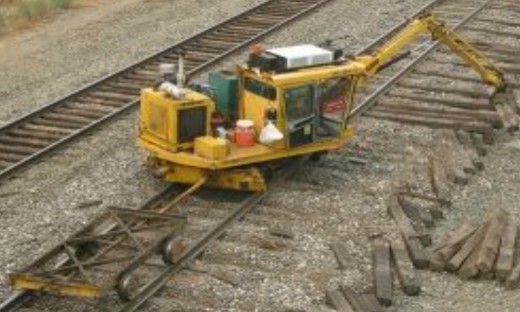
Tie Crane
The tie crane is used to move the railroad ties, also known as sleepers on the tracks. This was once done as manual labor until the crane came into use. The crane is mounted on a chassis with rail wheels. It has an operators cap and can rotate 360 degrees. At the end of the crane arm is a gripper that is used to pick up the ties so they can be placed into position. Many times there is a trolley trailing behind the crane that is used to carry the new or old ties.

